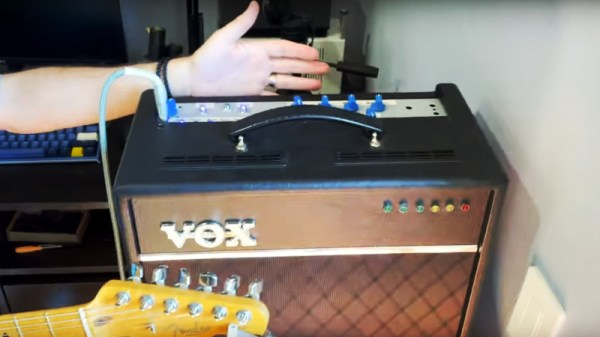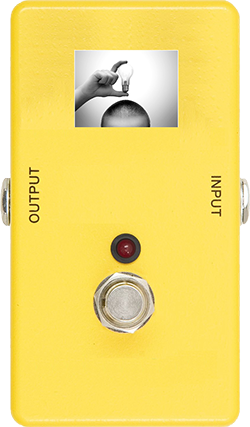Guitar amplifiers have a hard life, and as anyone who’s run a venue can tell you, they often have significant electrical issues after a life on the road. [Dsagman] had a Vox amplifier with fried internals, and rather than repair the original he rebuilt it with a Raspberry Pi inside to provide a fully-loaded array of effects.
Though the subject is the Vox, it’s best to see this as more a tale of how to create a guitar effect array in a Pi than specifically put it in an amplifier. The Pi has an audio board and an MCP3008 ADC added to it, and using those two it takes its inputs from a series of potentiometers and process the audio passing through the audio board. In addition there are a series of LED indicators and an LED bar graph to keep the user in touch with what’s going on.
The whole lot is nicely integrated in the VOX case with all the potentiometers on an aluminium panel. He discusses amplifier choice, but as you might expect the final choice is a Class D module. All in all an amp many readers would probably go for.
As long-time readers will remember, guitar effects have made quite a few appearances around here. Continue reading “Classic Amp Revived With A Pi”




 This project is
This project is 











